So you have started surfing and now master the small broken white water waves at the front of the beach.
It is time to hit those smooth unbroken waves in the backline.
But can you get past the break?
It is one thing to be able to stand on a surfboard, but the hard part of surfing is not over.
If you can’t get to the backline, then what is the point?
A combination of paddle power and endurance, a well-practiced duck diving technique and some precise timing is all you will need when paddling out to catch your first unbroken wave.
Keep reading to learn everything you will need to know before making your first journey towards the back of the waves.
- How Do You Get Under Waves When Surfing?
- How to Duck Dive Under a Wave
- How Big of a Board Can You Duck Dive?
- What Is a Turtle Role and How to Do It?
- Can You Duck Dive Big Waves?
- What Do You Do if You Can’t Duck Dive a Wave?
- How Far Do You Paddle Out to Surf?
- Conclusion
- You Might Also Like…
Disclosure: this post contains affiliate links (clearly marked with ), which means we may earn a commission if you buy something through them, at no additional cost to you.
How Do You Get Under Waves When Surfing?
As an ocean lover, you will know that one of the first things you learned was that it is always better to go under a wave instead of over one.
The ocean is powerful at the surface, but the deeper you go, the calmer it becomes. This remains true when surfing.
Trying to paddle over a breaking wave will leave you washed back to shore, but going under it will aid in sending you further to the back.
The tricky part when surfing is that you now have to take an extremely buoyant surfboard with you.
The technique used to do this is known as duck diving.
How to Duck Dive Under a Wave
Duck diving is essential if you want to become a surfer.
It is as simple as that, but performing the dive is not quite as easy as said.
The bigger and more frequent the waves, the better your duck dive will need to be, but on the plus side, you can practice duck diving in any type of surf.
The ocean can even be flat, or if you have a deep swimming pool it creates a perfect classroom environment.
The aim when duck diving is to get yourself and your board as deep under the water as possible, thus allowing the wave to travel over you.
Once the wave has passed, you will need to recover quickly and continue your paddle to the back.
Five Steps to a Perfect Duck Dive
- Put both your hands in front of you and on the rails of the board. Pushing forward, sink the nose of your surfboard under the water.
- Leaning forward, keep your arms straight to further push the board deep underwater.
- As your board sinks, use a foot or knee to push the tail of your board down. This will help increase the depth and level out the board underwater.
- Bring your body to the board as the wave moves above you. This will reduce resistance and allow you to keep moving forward.
- Once the wave has passed, angle the nose of the board back up. The buoyancy of the board will bring you back to the surface.
If this is done correctly then you will be in the perfect position to continue paddling.
Following these steps will get you heading in the right direction when learning to duck dive, but you will need a lot of practice.
The following tips will further help you when taking your duck dive to the ocean:
- Hit your dive at speed. The faster you are moving when you start your dive, the deeper you will go and the further you will travel underwater.
If you stop before you arrive at a wave, you will likely pop up to the surface in the middle of the wave and be washed back.
- Start your dive about a surfboard’s distance from the wave. Diving too early will bring you up in the middle of a breaking wave, while diving too late will not give you enough time to get deep enough.
- Lift one of your back feet in the air. Lifting one of your lets in the air will increase the weight put on your board, and therefore send it deeper.
- Bring your body close to the board. If you do not bring your body to the board and level it out you will remain nose down.
In this position, the board may slip backward out of your hands, or you will return to the surface in a non-ideal position for paddling.
- Keep your eyes open. If you can see underwater you will know when the wave has passed, as well as how far from the ocean floor you are.
- The bigger the board, the harder it is to duck dive. If you are using a large board and you are a small person you will find it much harder to get it under the water.
How Big of a Board Can You Duck Dive?
As a rule, the longer and more buoyant your surfboard is, the harder it will be to duck dive. This makes sense when you think about what buoyancy means.
The surfboard’s buoyancy is the force that it exerts against the water surface. The wider and longer the board, the greater the force.
Trying to push a longboard under the water will be near impossible, just the same as trying to float on a 5 ft board when you weigh 220 lbs (100 kg) or more will not happen.
So what do you do when your board is too big to duck dive?
The answer is the turtle role.
What Is a Turtle Role and How to Do It?
A turtle role is simply the action of rolling onto your back to pass an oncoming wave. When this is done, the bottom of your board will be facing the sky.
In this position, the wave will travel over your board and limit the amount of pullback that you experience.
When trying to turtle roll, simply hold the rails of your board at approximately chest height, roll onto your back before the wave arrives, and roll back once it has passed.
Seems simple right?
That’s because it is, but there are a few things you should keep in mind:
- Turtle rolling is not as efficient as a good duck dive. Because you are still on the surface you will experience more of the waves force than if you went completely under it.
- The better sealed your surfboard is, the better the roll will be. If there is a gap between the water surface and your board, the oncoming wave will scoop it up and drag you back to the beach.
- When you are under the water, the bigger you make your body, the less you will drag. Hanging down under the water will create more resistance to the wave’s force.
Turtle rolling is much easier than duck diving, but will not work as well.
If you can duck dive with your board then always opt for that option.
There is no “rule” for how big a board should be for duck diving. This will all come down to your body weight, skill, and technique.
A well-seasoned surfer could successfully duck dive on a 7ft board, while a new surfer may struggle with a 5ft surfboard.
Now that you know what to do with a big surfboard, what about big waves?
Can You Duck Dive Big Waves?
It is one thing mastering a duck dive in calm waters with 2ft waves.
It is entirely different when you face a 12ft wall of foam and the full force of the ocean doing everything it can to wash you back to land.
Darrick Doerner, a Hawaiian big wave surfer, known as Double D was asked the question of how to duck dive big waves by surfline.com and came up with the following response:
“Big wave duck diving depends on a couple of things. One is timing. It’s all about putting the nose in and pushing your foot down at precisely the right moment, so the water going overhead will eventually push you back up from behind.”
Doerner went on to explain that it is not only the importance of timing but the knowledge you have of the break that makes all the difference.
“Finding the little breaks and gaps that make it easier to get under.”
So yes, you can duck dive big waves, but there will always be a limit to what you can get under.
What Do You Do if You Can’t Duck Dive a Wave?
You may be comfortable with the size of the waves you are riding, but every surfer knows how unpredictable the ocean can be.
What happens if a set that is too large for you to handle comes through, or a quick coming set takes you by surprise?
In this case, the best thing to do is to leave your board and swim down. The deeper you swim, the less impact the wave will have on you.
Although this technique will work, it should be used as an absolute last resort.
For one, leaving your board will mean that when you resurface you will need to reel your board back to yourself and climb back on.
This will cut out the time you have to paddle out before the next wave comes.
With less paddle time, you are likely to face more waves breaking on your head.
Most importantly, this technique poses a danger while surfing.
If you are close by to other surfers, or if someone is riding the wave you wish to pass then you should bite the bullet and just get taken out by the wave.
Letting go of your board can cause injuries to those around you.
Remember that mutual respect in the water is as important as personal enjoyment.
How Far Do You Paddle Out to Surf?
Now that you have mastered duck diving in a pool, and get under the waves that are breaking on the beach, how far out should you keep paddling?
If you don’t paddle far enough out, the waves will be crashing on your head, while if you go too far the waves will be breaking out of reach.
As mentioned, paddle endurance is important when making your way to the back. A golden rule is to never stop paddling, no matter how tired you are.
There will always be time to rest at the backline.
When deciding where to stop your paddle, there are two things to consider.
Do you want to rest, or do you want to catch a wave?
A Rest Position
If you have exhausted your energy on your paddle out, you may want to take a bit of a breather to give your arms a rest.
If this is the case, paddling out behind the furthest breaking wave can be considered a “safe spot”.
When you are behind the breaking waves you will not need to constantly be paddling over waves or duck diving under them.
Get to this position and take as much time as you need to recuperate.
Just keep in mind, you should always be facing the open sea. It is not uncommon for a large set to randomly break further out than the rest of the waves.
You do not want to be taken by surprise.
Once you have enough energy it is time to move slightly towards the beach.
A Riding Position
There is no precise rule when it comes to exactly how far out you should be to catch a wave, but a good position would be 4 -5 strong paddle strokes further out than where the wave peaks (the point just before breaking).
In this position, you will have enough time to generate the speed that is needed, or time to opt-out of the wave if it does not suit you.
Surfing is dynamic, and so this position will never remain the same. The best you can do is watch the horizon and determine where the waves will break next.
A good surfer never stays in one place, they constantly move towards the beach, further out to the back, and across the bay, finding the best spot for oncoming sets.
Conclusion
Surfing is a dynamic extreme sport because the ocean is never constant.
Therefore, your method of getting to the back of the break will constantly need to be changed.
However, this one will remain a constant: duck diving is an essential part of surfing.
If you can’t duck dive, you will spend hours paddling out against crashing waves, and if you do get to the back you will likely be too exhausted to continue.
Surfing is a huge workout at the best of times, so it is important to have the correct skills and techniques to limit your energy consumption.
You Might Also Like…
-

Do Surfers Ride Switchfoot? 5 Benefits (& Why You Should Learn It)
-

Do Surfers Shave Their Legs? 5 Common Reasons (+Pros & Cons)
-

Do Surfers Wear Helmets? 8 Situations You Should Wear One (+4 Cons)
-

Do Surfers Poop in the Ocean? Myths & Facts (+5 Tips)
-
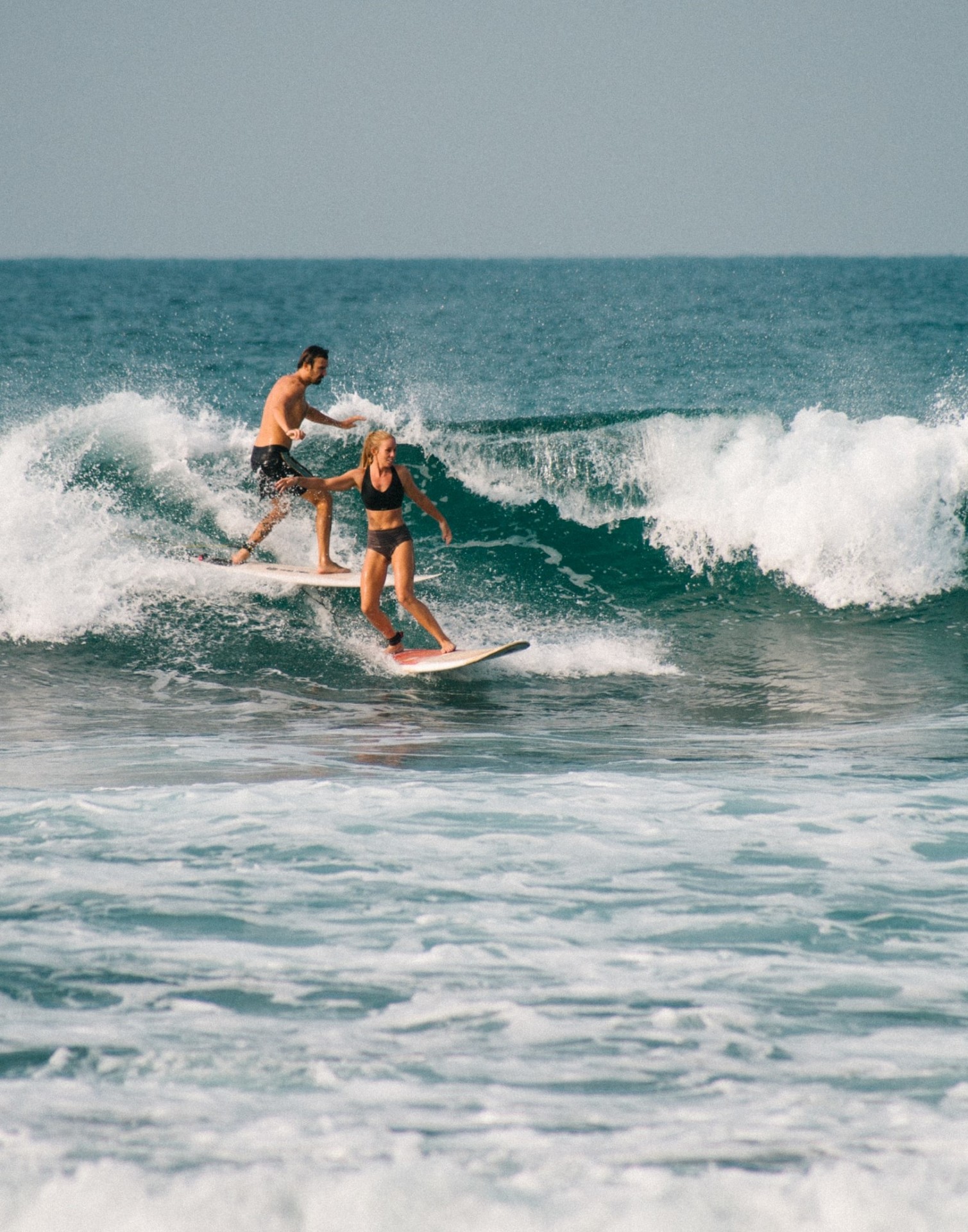
Do Surfers Run Into Each Other? 5 Common Reasons (+8 Tips)
-
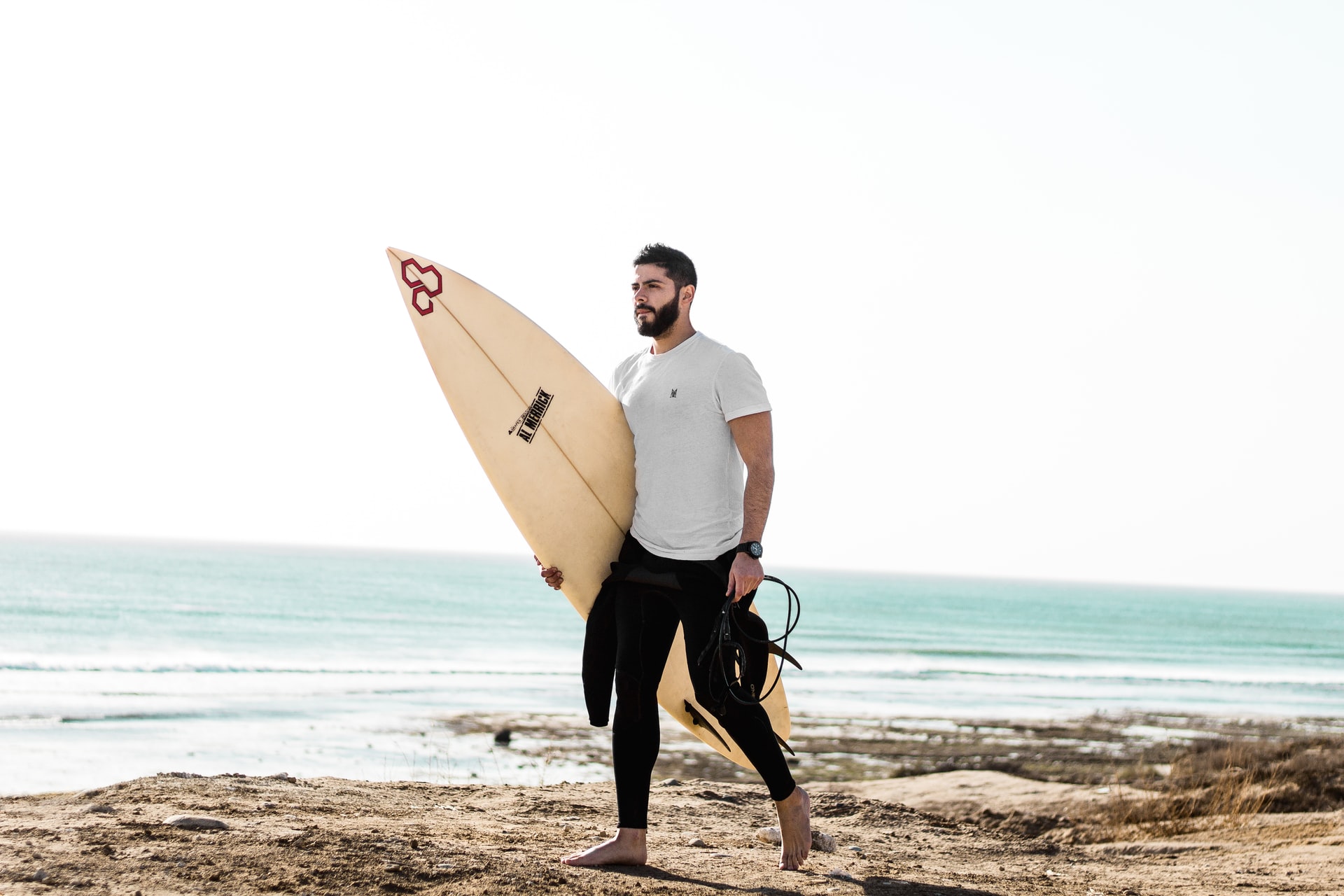
Do Surfers Have Beards? Pros & Cons You Should Know (+4 Tips)
-
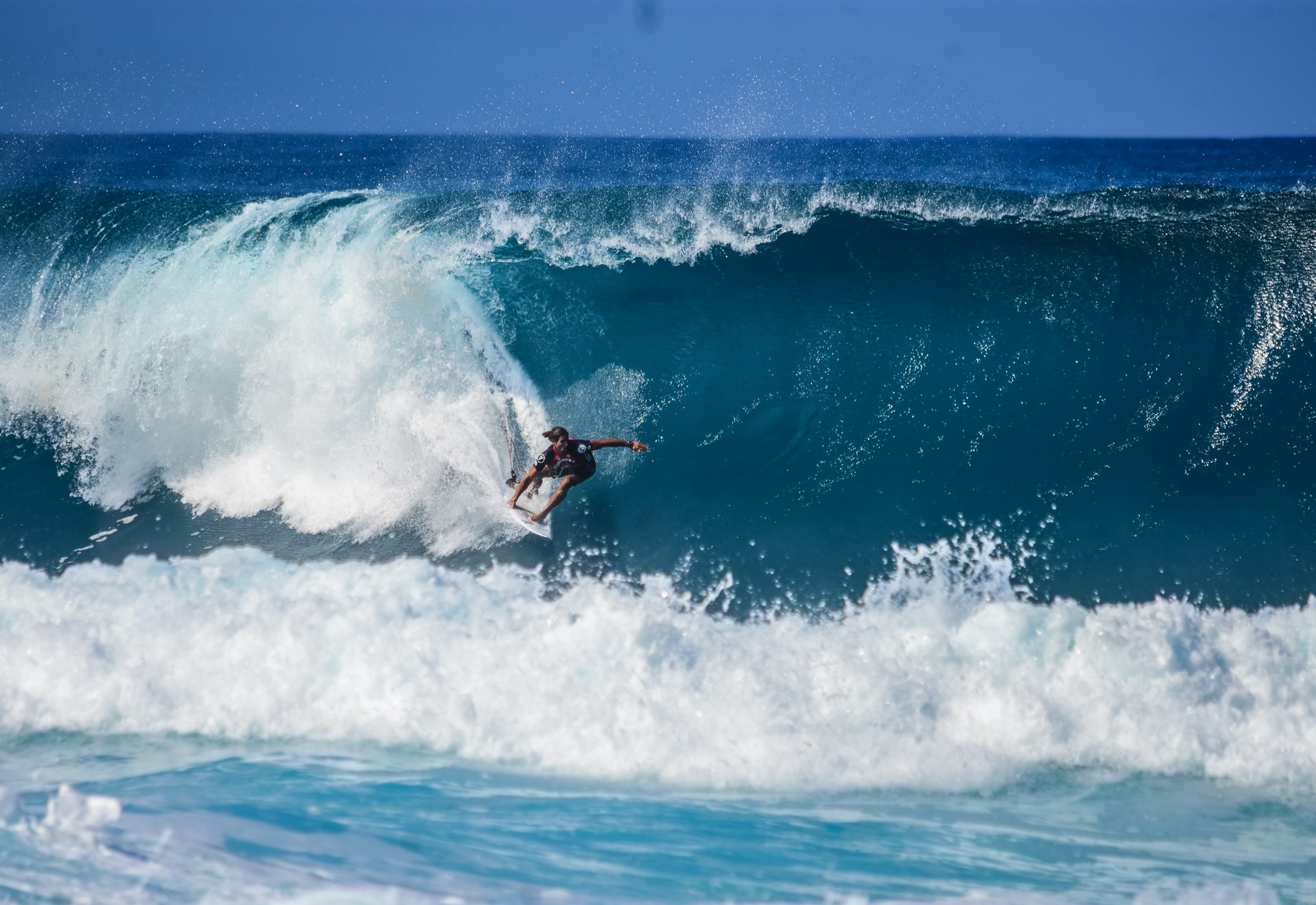
Do Surfers Like Constructive or Destructive Waves? (+Pros & Cons)
-

How to Surf Safely: 34 Crucial Tips (Every Surfer Should Know)
-
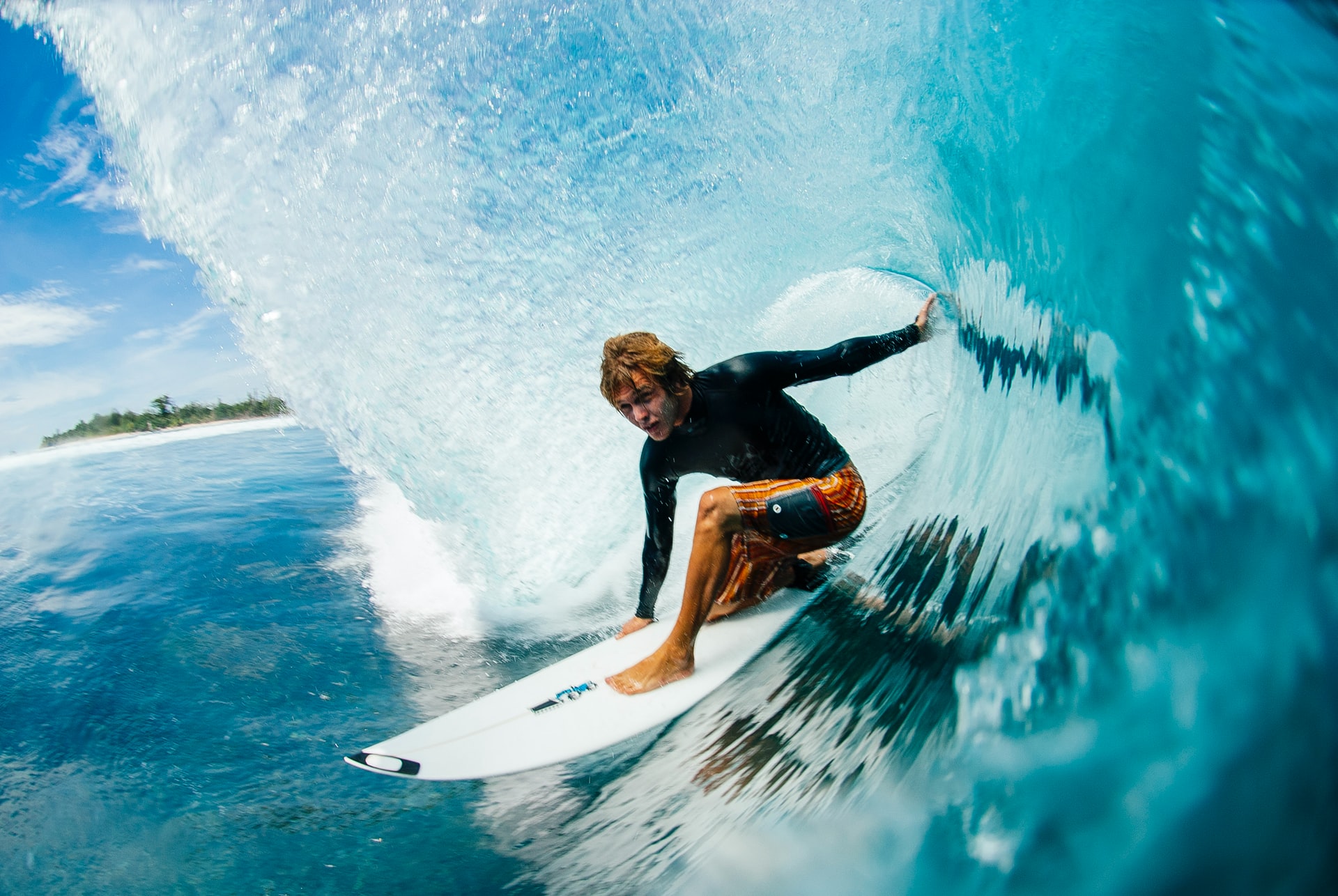
Do Pro Surfers Use Leashes? (+6 Reasons Why You Should Too)
-

Do Many Surfers Drown? Here Are the Facts (+4 Common Reasons)
-
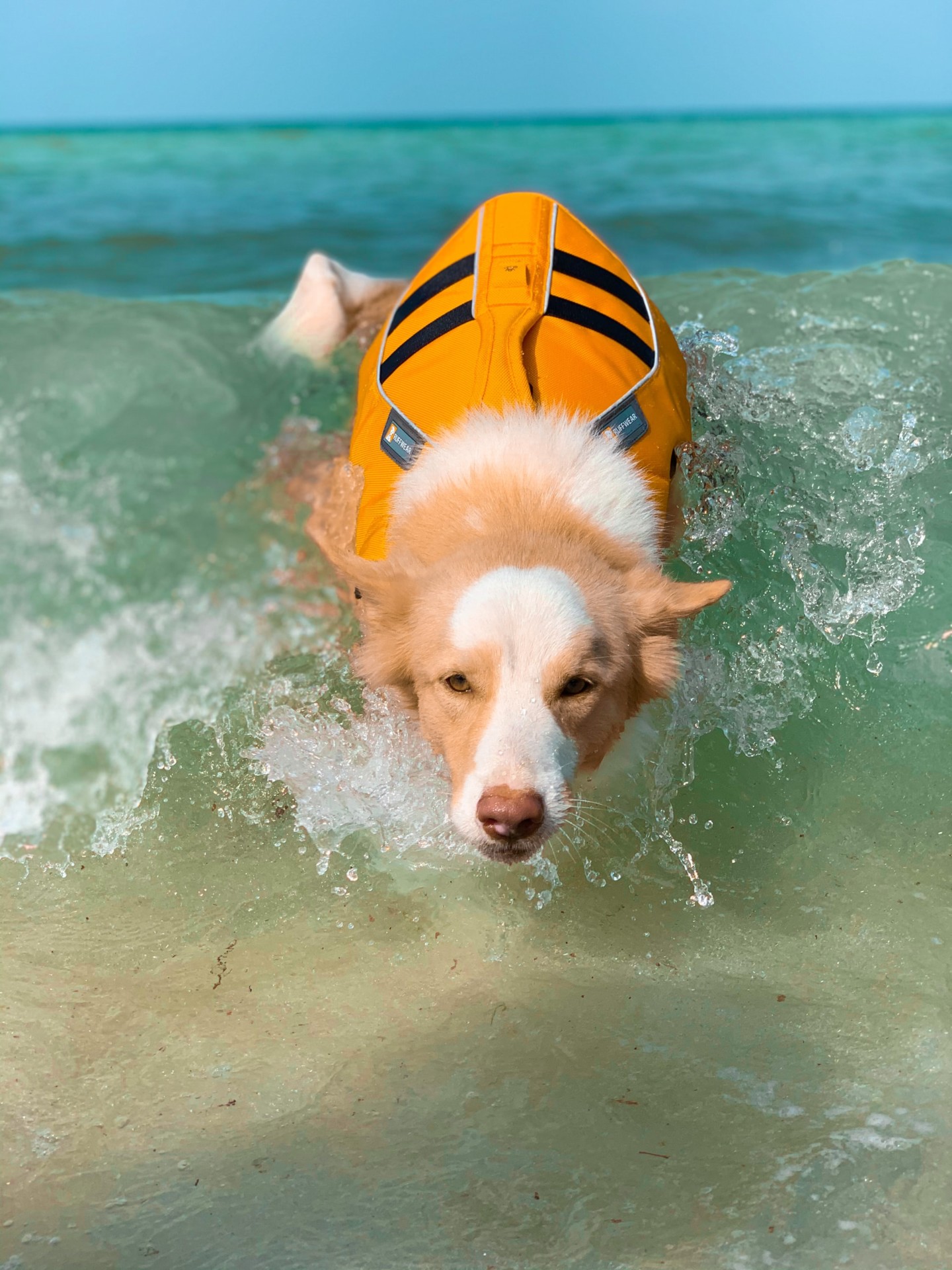
Do Surfers Wear Life Jackets? (7 Reasons Why They Don’t)
-
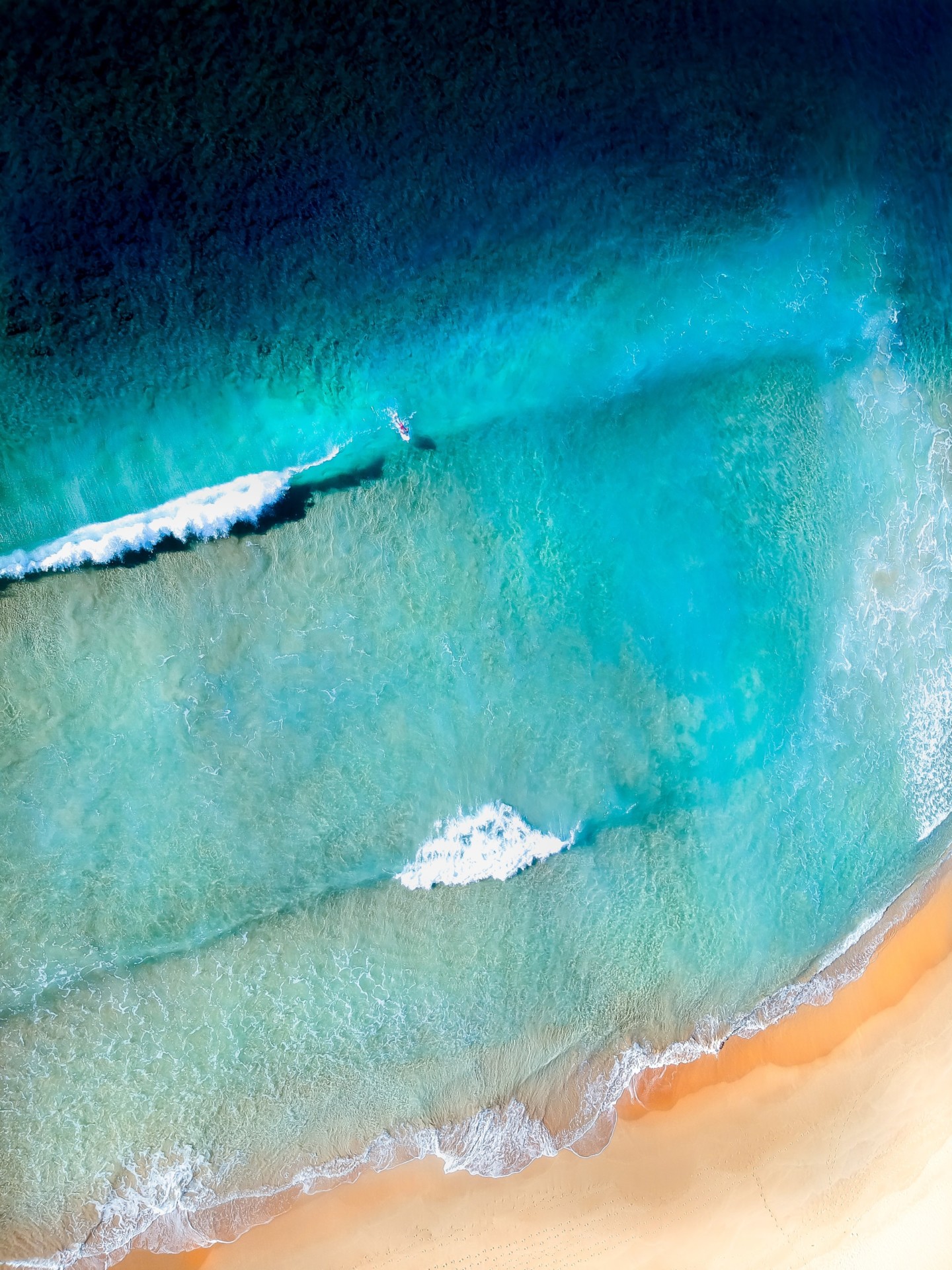
Do Surfers Like Rip Currents? (& How to Use Them Safely)







